Part II = The fauna!
Springtime in Florida also means the bugs and animals are all coming out of the woods, the ponds, the ground, etc. I’ve already seen more than my share of millipedes in the yard and on my porch, plenty of mosquito hawks, and of course the birds are all coming back. Those that never left are brightening up, the goldfinches are becoming more gold!
I didn’t get pictures of everything I’ve seen, but I figured a blog post was due because I captured pictures of not one, but TWO animals in my yard just today! I was assembling my new 3′ x 6′ raised garden bed and enjoying the lovely afternoon while the kids played outside.
First, here’s a baby Southern ring-necked snake for you to enjoy. Don’t fret, he was a corpse by the time I discovered him in our driveway. And here’s the Florida Cooperative Extension Service briefing about black-colored snakes in Florida. The Southern ring-necked snake is the 3rd one on the list.
| I photographed this one with my hand for scale. |
Just before I took off for soccer practice (I’m coaching my youngest son’s team), I dumped some yard waste into my compost bin and discovered this lizard hanging out.
It took some sleuthing on this one, but I’ve got it narrowed down to an “anole” of some sort. The Florida green anole is native to this part of the country and they’re quite nice. Sometimes in late winter, early spring they’re more brown than green. I hope that’s what this is, because if it’s a “brown anole” or “Cuban anole”, they’re invasive and they EAT green anoles!
Finally, earlier this week I was rolling out the garbage can at about 7:30 in the morning and threw away some yard trash. The morning was humid and just under the lid was this cute little frog. I’m pretty sure he’s an American green tree frog, but I’ve been reading about these invasive Cuban tree frogs* and wondering if that’s what I have instead. This frog seemed to big to be “American green” but too small to be “Cuban”.
I worked on coaxing him out from under the lid, but not before he started descending down the trash can…luckily he figured things out and worked his way out of the trash can. Phew!
| Lid closed, mission accomplished, congratulations! |
*Do you see a trend here? The native species of both of the lizards and frogs mentioned here are cute and green and are called “Florida [frog or lizard]”, while the invasive version is brown, called “Cuban” and eats the Floridian? I’m just sayin’…


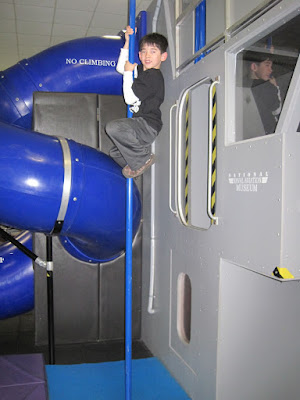
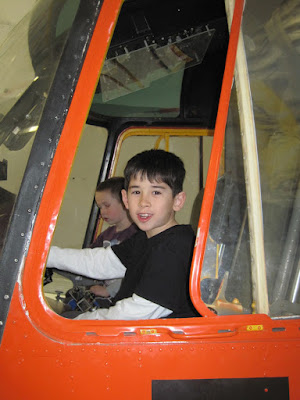
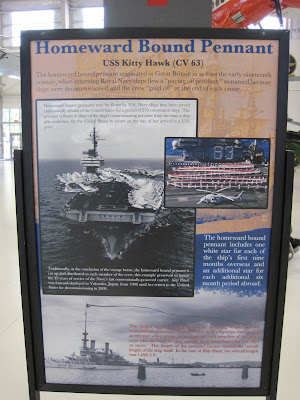

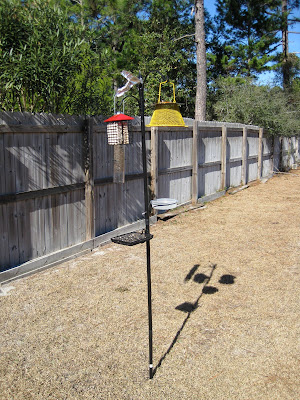

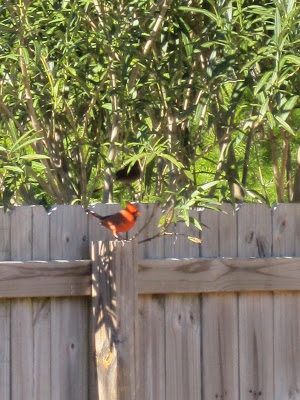
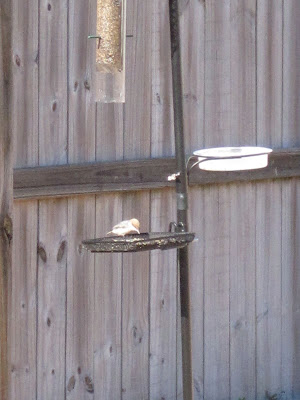
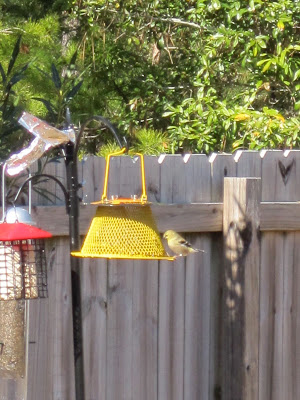
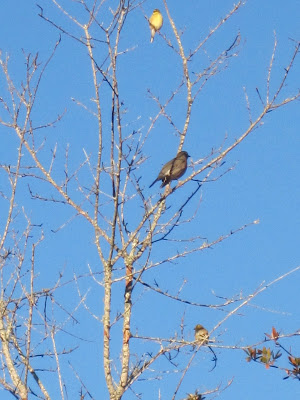
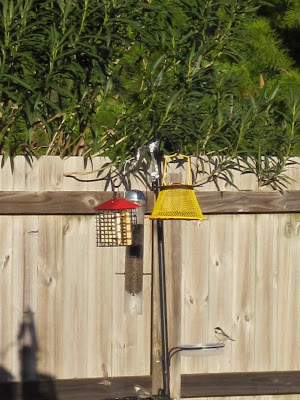
Recent Comments